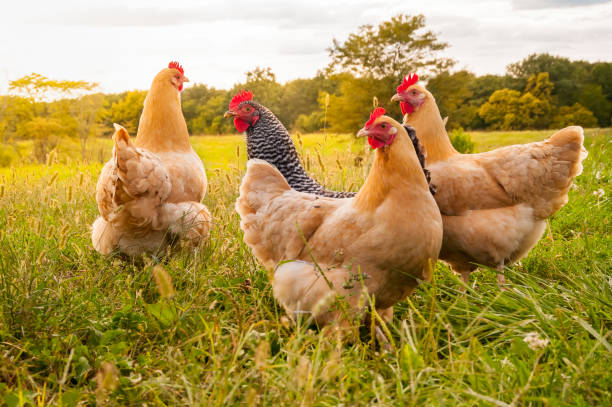Do you want to begin your own backyard flock of chickens? Perhaps you’re undecided about which chicken breed to add to your existing chicken coop. Well, you’ve come to the right place! From egg production to regal beauty, these eight types of chickens are among the most desired varieties of hens to raise at home. You can also check out some of the strangest things caught on home security cameras here.
1. Araucana Hen
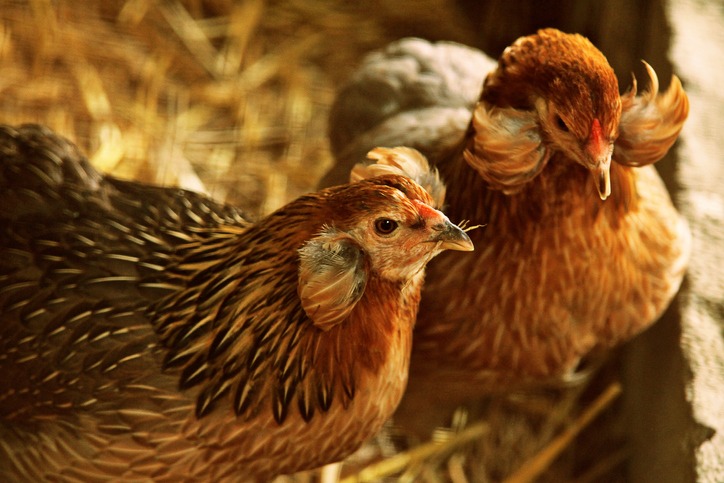
Araucanas are striking hens that make an impression both inside and outside the coop. In a world cluck-full of all kinds of lovely poultry, these distinctively feathered blue egg-producing beauties certainly know how to stand out. This breed will lay approximately 150 eggs each year, most of which will be in the desired country-blue shell.
Araucana hens are everything, but ordinary, from their vibrant personality to their striking featherings — these hens were born to stand out! Meanwhile, another good business that will surely stand out nowadays is horse boarding.
2. Australorp Hen
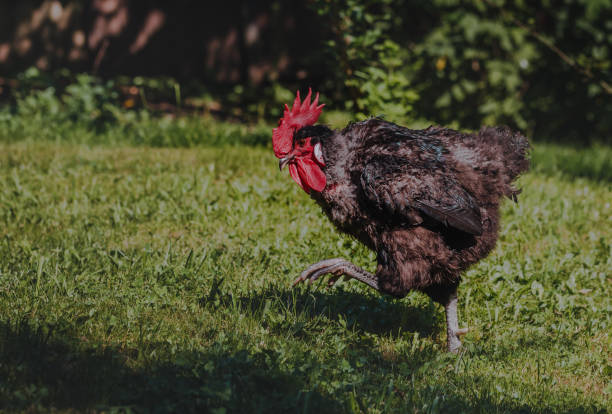
Due to their magnificent black, white, or blue plumage, eggceptional egg-laying abilities, and trademark happy-go-lucky Aussie attitude, the locally bred australorps are a favorite in many Australian backyards. Australorps are a calm breed that tolerates confined spaces well, making them an ideal choice for beginners and smaller coops. This giant egg layer is known to lay between 200 and 300 light-brown eggs per year.
3. Dominique
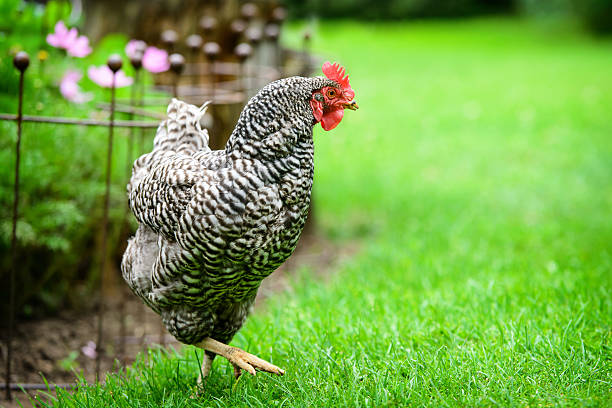
If you’re hoping to vibe along with your new flock, then the Dominique might be a perfect choice. This compact heritage breed of hen is docile and friendly as they come. Unfortunately, it is a threatened breed of chicken and was saved from extinction by the conservation efforts of several Dominique lovers. It lays around 180 medium-sized and brown eggs per year.
Dominique is a soft and gentle breed, and a friendly pet for children interested in pets. While it is comfortable with people around, Dominique is also prone to predator attacks, due to its laissez-faire attitude around the coop. So, if you’re in for free-range, make sure that your Dominiques have significant protection from predators.
4. Buff Orpington Hen
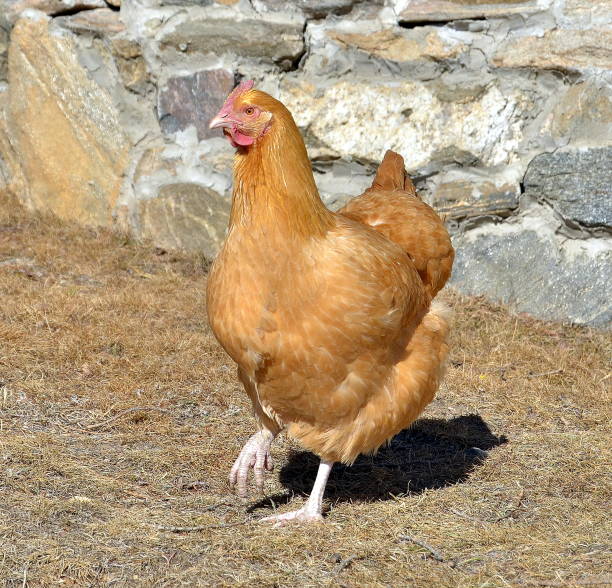
The Orpington chicken, which is adorable, courteous, and courtly, may be one of the best mothers in the animal kingdom. The Orpington chicken was developed by British poultry producers around the turn of the 20th century as a sturdy breed that could withstand England’s harsh winters while still producing at an unstoppable rate. In any coop, these heavy-set, fluffy, and affectionate hens will exude grace and majesty.
Orpington chickens may appear unassuming and ordinary, but these egg-laying powerhouses will make an extraordinary addition to any chicken enthusiast’s flock. The Buff Orpington is a friendly bird that enjoys being around other people. They may become “broody during the summer,” resulting in a lower egg count of roughly 150 large brown eggs every year. They were thought endangered until 2016, but the craze for backyard chicken has reversed the trend.
5. Plymouth Rock Hen
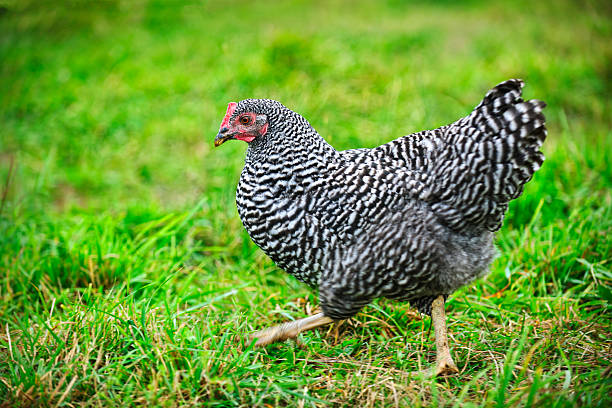
The Plymouth Rock chicken is a great breed for first-time chicken keepers and seasoned Chicken Lads and Ladies. They are calm, beautiful, and responsive, making any coop a more enjoyable and loving place to be.
The breed was first introduced in the late 1800s and quickly gained popularity across America due to its excellent egg-producing abilities and laid-back attitude toward life. Each year, expect 200 light-brown to medium-brown eggs.
Plymouth Rock hens are lovely additions to backyard chicken coops, and you’ll adore their laid-back demeanor and kid-friendly temperament. Keep your backyard flock healthy by supplementing them with this amazing garlic oil for chickens.
6. Rhode Island Red Hen
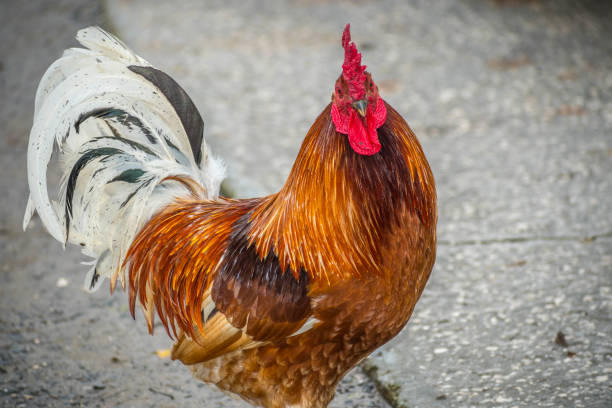
The Rhode Island Red is a production bird, and its feathering can range from a rusty color to black, despite its American name. This state bird is well-known for being hardy and self-sufficient. It is one of the most popular chicken breeds out there. They are easy to keep, friendly, and adamant.
They’re prized for their high egg-laying frequency (about five eggs per week) as well as their meaty bodies. The eggs are extra-large in size and have a brown tint. Each year, more than 250 brown and medium-sized eggs are expected.
They’re also known as a “dual-purpose” hen because they may be raised for both meat and eggs. They thrive in a variety of conditions and are particularly cold-hardy. The breed is known for its foraging abilities, but it also adapts well to confinement.
7. Silkie Hen
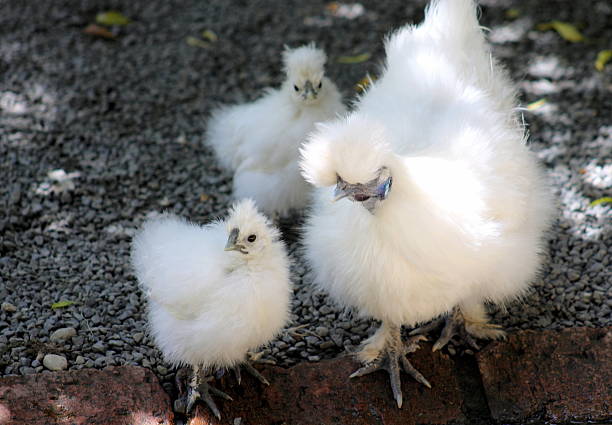
Silkie hens are known for their fluffy and puffy plumage, which makes them stand out! Some of you may envision a brown or black tangle of feathers, but silkie chickens, unlike their cousins, the australorps and ISA browns, have a lot of style.
Silkies may be modest in stature, weighing only 1.5 to 2 kilograms, but their uncanny likeness to superstars such as Lady Gaga, Jimmy Hendrix, and Vivienne Westwood always makes an impression. Classified as ornamental breeds, many are laying fewer than 100 brown eggs each year.
8. Golden Comet
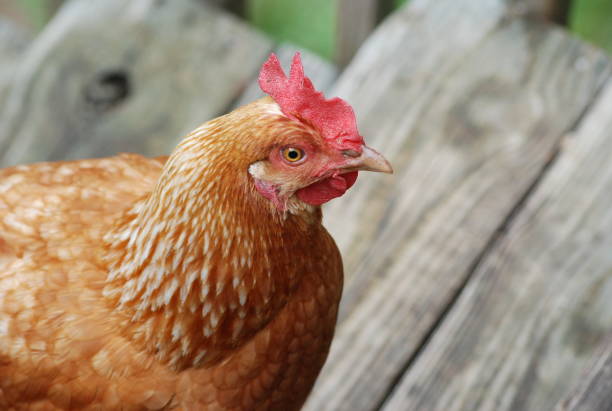
Hybrid breeds of hens are also one of the most common choices among those who are beginners at raising chicken at home. For instance, Golden Comet is the best among hybrid breeds. It consumes small amounts of food and lays as many eggs as possible. While it may be beneficial for you, but can prove detrimental to the hen’s health as its body never rests. Golden Comet lays almost 280 medium-sized and brown eggs per year. Hybrids are meant to make excellent layers and aren’t supposed to become broodies, which makes them a perfect choice. However, make sure to source your hybrid from a reliable breeder and ensure that it has not been overbred.
9. Sussex Hen
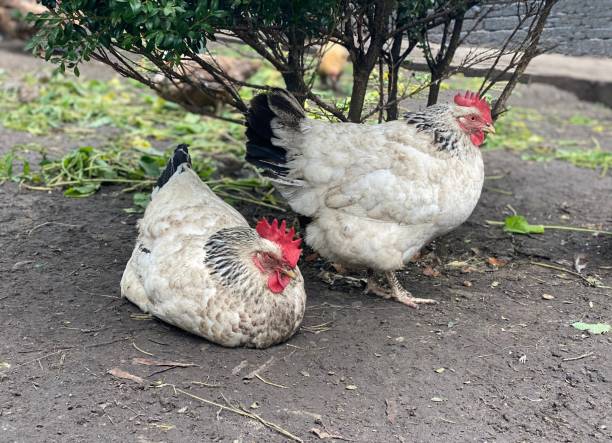
Sussex chickens are an excellent choice for anyone searching for a hen with grace, friendliness, and a touch of grit in their backyard chicken coop. Sussex chickens are ideal for newbie chicken keepers and those looking for a friendly chicken to add to their growing backyard herd due to their lengthy and illustrious family history, along with their gentle and curious personality. These hens can also lay 250 eggs or more each year in various hues ranging from brown to creamy white.
10. White Leghorn Hen
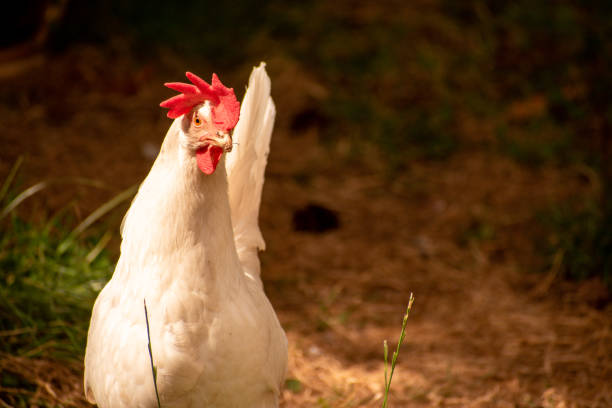
Leghorn chickens are lively, adventurous, friendly, and fantastic egg layers. They were first produced in Tuscany and introduced to Britain in the late 1800s, where they became a popular purebred chicken in the US and later Australia.
Leghorn chickens were the most prevalent purebred bird in Australia in the early to mid-1900s due to their egg-laying prowess, astute attitudes, and assertive personalities. Expect around 200 white, medium-sized eggs from these chickens per year.
If you want to learn more business tips, make sure to visit these top business schools in Texas. (Not related to the website).
Nothing Good Comes Easy
There are so many benefits of raising chickens in your backyard. The eggs are a deal maker i.e. fresher and tastier than any store-bought eggs and are perfect for baking too. The chicken poop and shells can be tossed into the compost pile. Mostly, they entertain themselves, picking at worms and beetles, and create an overall nice ambience. However, remember that nothing good comes easy! All of this can turn into a poop-mess if you don’t research enough before burying the chickens. Henceforth, if you’ve decided to raise chickens in your home, take a good look at your backyard, available space and all the related circumstances and then buy a breed or type of chicken that actually suits those conditions.

